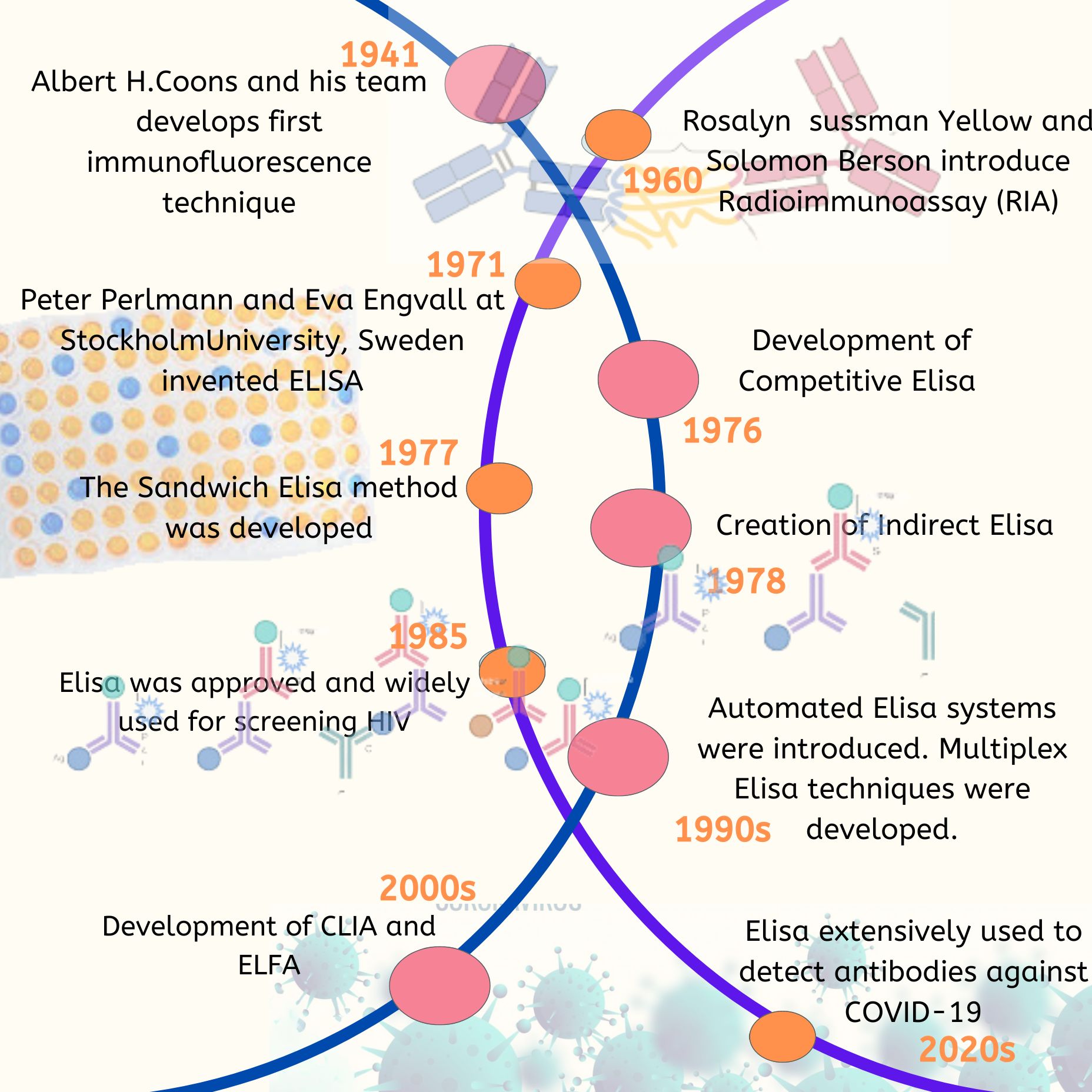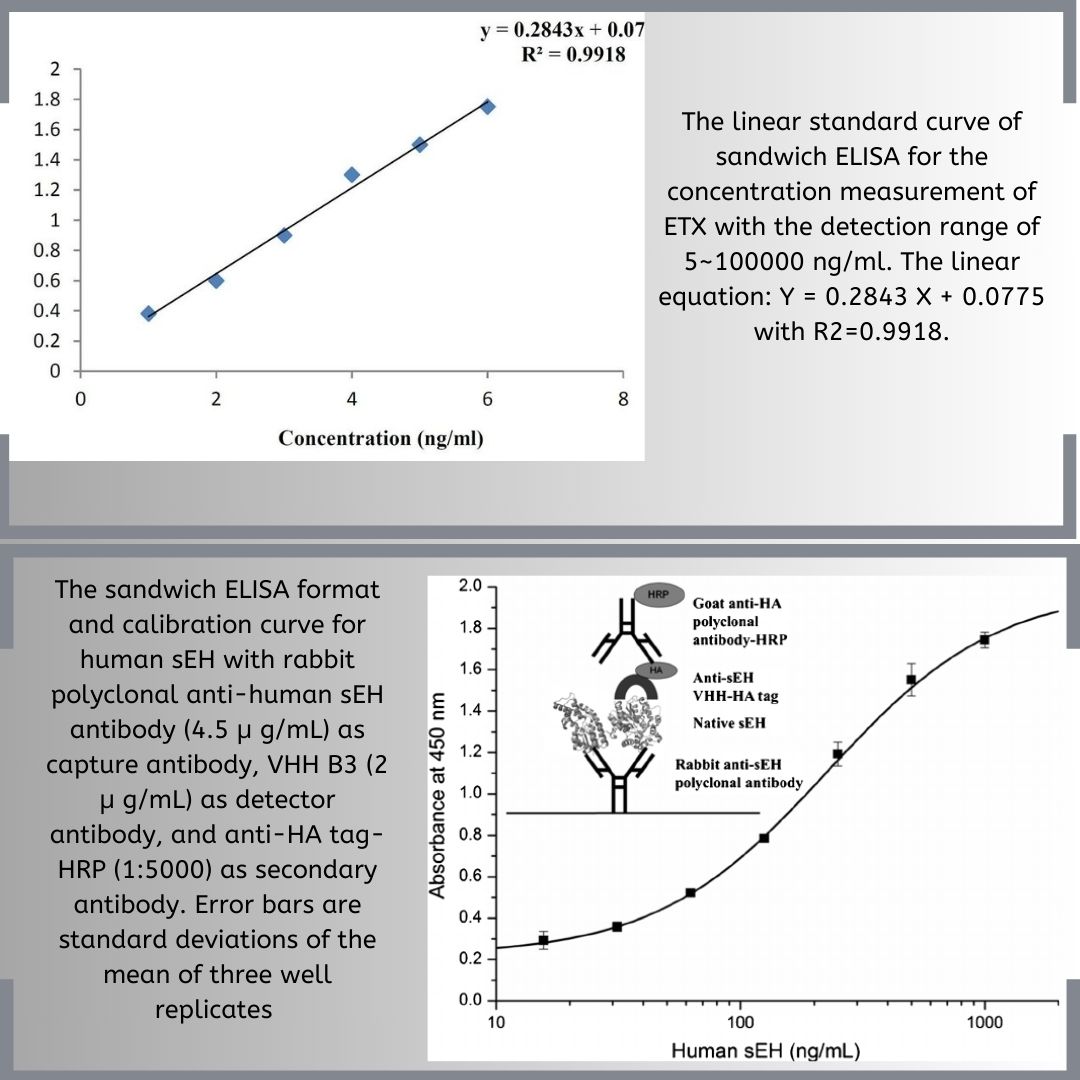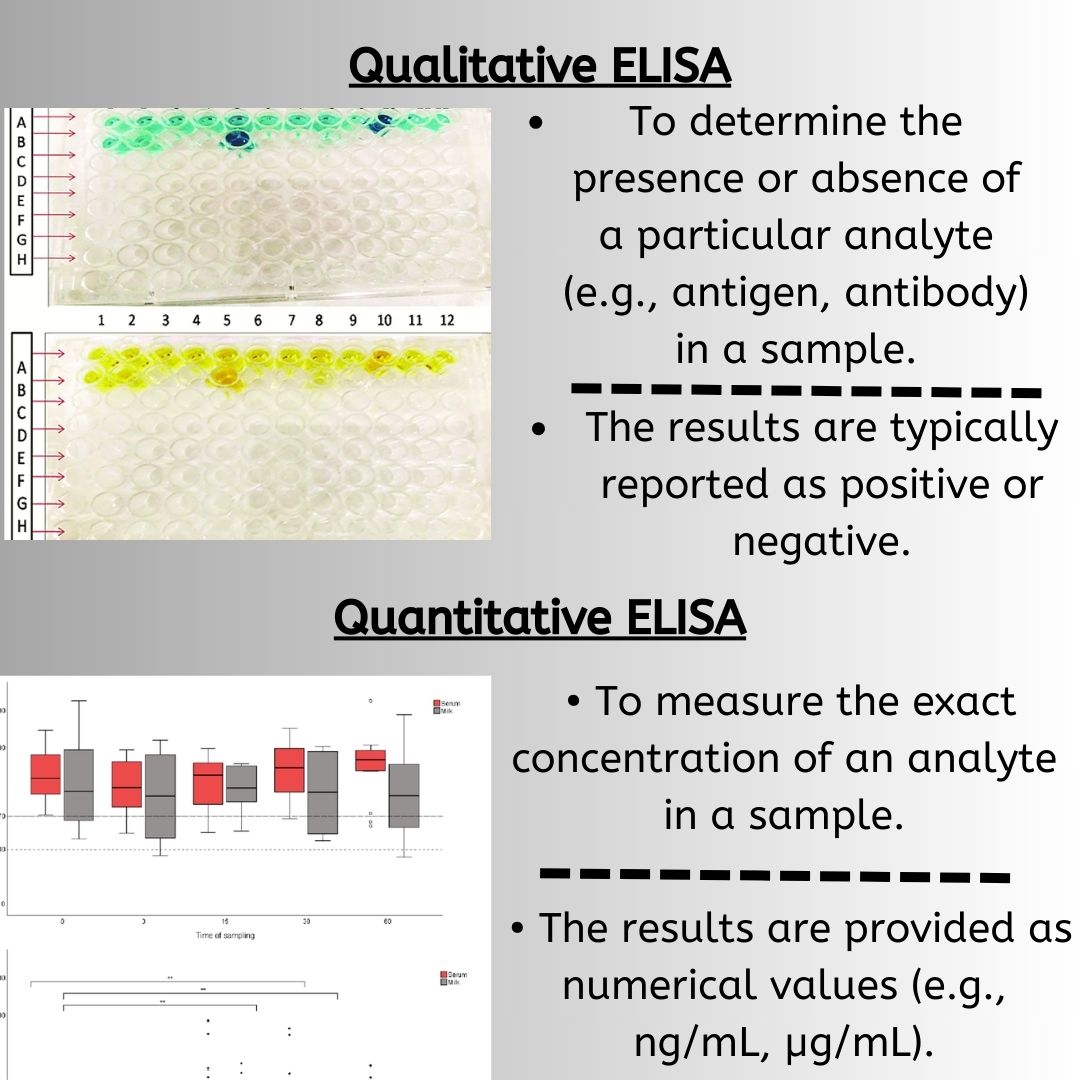Osteoporosis develops when the body loses too much bone and forms too little bone or both. As the result, the bones can become weak making them thinner and fractures are likely to occur. When the normal bones are observed under the microscope, it appears like a honeycomb and when affected with this condition, the spaces and the holes appear to be larger in the honeycomb. Postmenopausal osteoporosis is considered to be one of the common forms of osteoporosis. It is estimated that around 20% of women can develop osteoporosis after 5 to 7 years of menopause and 1 in 2 women over the age of 50 can experience an osteoporosis associated fracture. It is generally considered to be important that women past menopause should consider strengthening their bones as osteoporosis is a silent disease that may not present any symptoms until fractures occur.
Causes
The new bones can form faster than the body can break them down among the young people and as the result, the bone mass can increase. The amount of bone mass of the body is generally attained during the youth period. Hence it is considered that if the bone mass is high then it is unlikely that these people can develop osteoporosis. But, with the postmenopausal osteoporosis, the bone mass can breakdown faster than the body can develop them. Women with an early menopause or a long period of low hormone levels or absence of menstrual periods can also experience loss of bone mass. As the result, the bones can become thinner and weaker that can break easily.
Symptoms
The initial stage of the disease may not present any symptoms. However, the symptoms may become evident when the bones have become weakened. Some of the common symptoms of osteoporosis include pain because of collapsed vertebra, bone fractures and reduced height over time. It is particularly important to seek medical evaluation if women have early menopause or have been taking corticosteroids for long periods of time.
Diagnosis
A bone mineral density or the bone measurements can help determine the presence of the condition. This test can also help detect the severity of the condition. It is important that women who are post-menopausal suffering from fractures, post-menopausal women under the age of 65 with or without risk factors should be tested for the condition.
Treatment
The treatment of osteoporosis is based on treating the fracture and the prevention of it by taking medications to help strengthen the bones. The treatment option usually is based on the risk of fracture and the age of the individual. The treatment also includes consuming a balanced diet that consists of vitamin D and calcium.
References
http://www.nhs.uk/Conditions/Osteoporosis/Pages/Introduction.aspx
https://www.nof.org/patients/what-is-osteoporosis/
https://www.niams.nih.gov/health_info/bone/osteoporosis/osteoporosis_ff.asp



